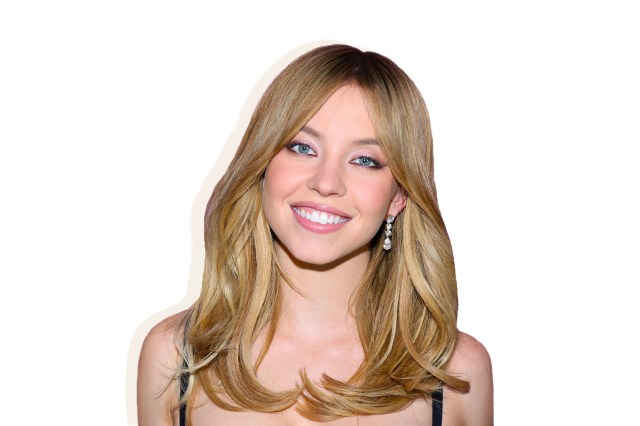The butterfly haircut is one of the hottest new hair trends, and we’re loving this multidimensional, versatile look on folks of all ages and hair textures. It’s a metamorphosis of several recognizable looks we’ve seen over the decades, from the 1970s feathered shag to the voluminous blowouts of the 1990s. Combining the best of multiple decades of hairstyle trends, the butterfly cut offers a modern feel while harkening back to Farrah Fawcett and Brooke Shields.
Featuring face-framing short pieces and lengthier, swooping layers, the butterfly cut is a flirty, chic way to add movement and body to most hair types. With its whimsical and ethereal aesthetic, the butterfly haircut transcends traditional hairstyling norms, embodying a sense of playfulness that resonates with a diverse range of people. Here’s everything you need to know about the butterfly cut — and how to get the look yourself.

What Is a Butterfly Haircut?
As you might’ve guessed, the butterfly haircut got its name from its resemblance to an actual butterfly. “The reason that it’s called a butterfly is because the heavy face framing at the front resembles the wings, and then the slightly disconnected back resembles the body of the butterfly,” hairstylist Gabriela Soares explained on TikTok.
The multiple layers allow for wispy movement in the front without sacrificing length in the back, Soares said. But the direction of the layers is a critical component of this look. To get the full butterfly wing effect, the shortest face-framing layers should be styled away from the face. This outward flick will most closely resemble the opening wings of a butterfly.

The Best Hair Types for a Butterfly Haircut
As effortless as a butterfly haircut might look when properly curled and coiffed, maintaining this style isn’t as simple as cutting a few layers into the hair and calling it a day. While this cut can look flattering on a wide variety of hair types and lengths, there are a few exceptions to this rule in regard to length, thickness, and curl type.
This cut’s distinct tiered layers are most effective on medium to medium-long hair. Those with shorter hair can get the same signature “winged” swoop with wispy curtain bangs and shorter face-framing layers. However, it might not be possible to recreate the same disconnected “butterfly body” look in the back without that extra length to work with.
The butterfly cut is a great option for those with thick, heavy hair who are looking to add movement and dimension to their locks. This style can work on tighter curl patterns, though the long swoop of the layers might be more difficult to see without styling. And who wants to be in front of the mirror for hours?

Reasons To Skip the Butterfly Cut
Not every haircut works for everyone, and butterfly cuts are no different. Rachel Valentine, a hair care specialist based out of Wimbledon, United Kingdom, outlined some notable cons of the butterfly cut on TikTok, one of which has to do with hair density. Although layered butterfly cuts can remove much-needed weight from heavy hair, this can make thin hair look even finer.
“If you have fine hair…layers remove a lot of weight,” Valentine explained. “[The butterfly cut] may not be the best thing for you unless you’re committed to styling this haircut every time you wash your hair.” Valentine also said those who prefer a low-maintenance hair routine might want to steer clear of this high-maintenance cut.

How To Ask for a Butterfly Haircut
It helps to bring a photo of what you’re looking for when seeing your hairstylist, so you’re sure to be on the same page. Then, ask for shorter, face-framing layers that fan out like wings, while keeping longer layers throughout the rest of your hair. Be sure to chat with your stylist about how to style your new haircut at home since you might need new products and tools such as volumizing mousse and hot rollers.
This article is for general informational purposes only.
Affiliate Disclaimer Medical Disclaimer
















 Unique Beauty is free for all users.
Unique Beauty is free for all users.